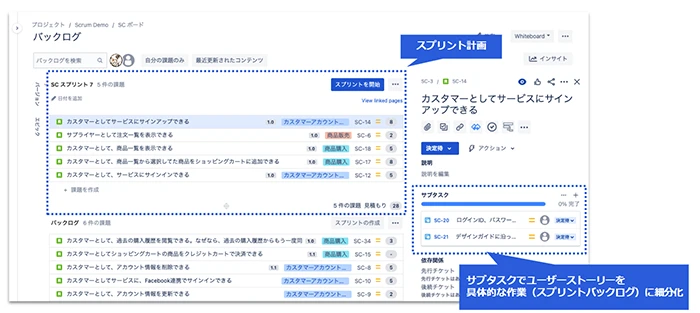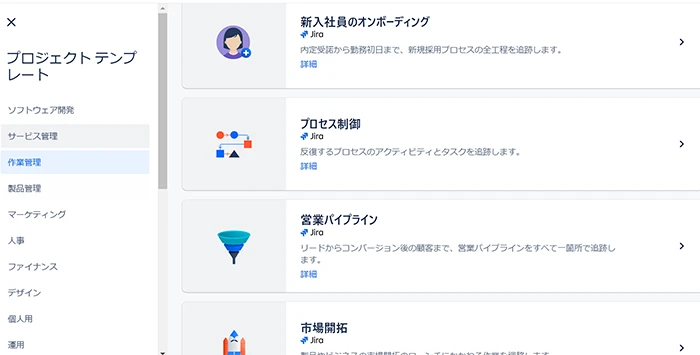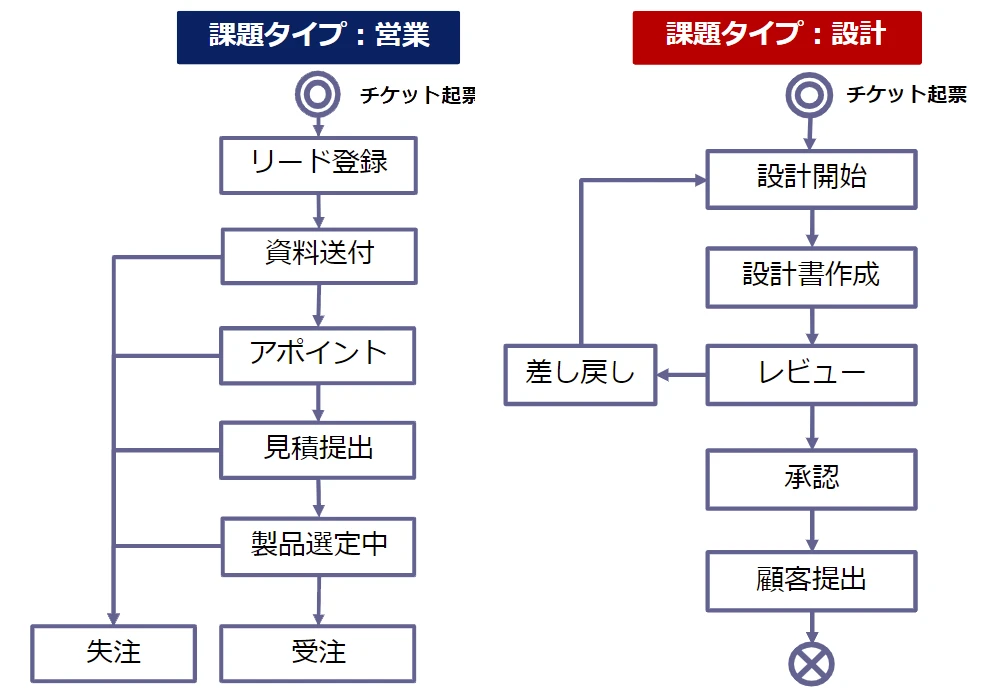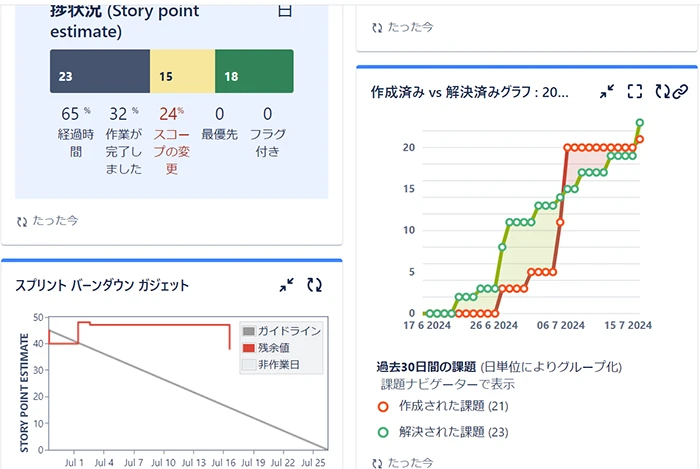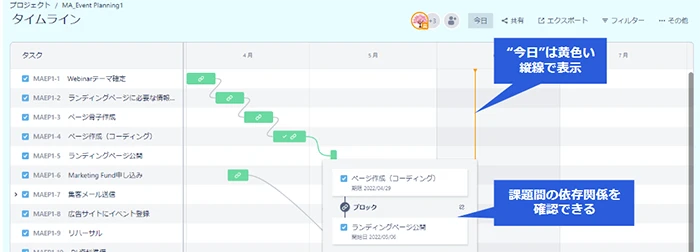Project management and task management tool 'Jira' for team use
- Cloud
The project management tool used by many global teams.
Not only for agile development but also for business departments.

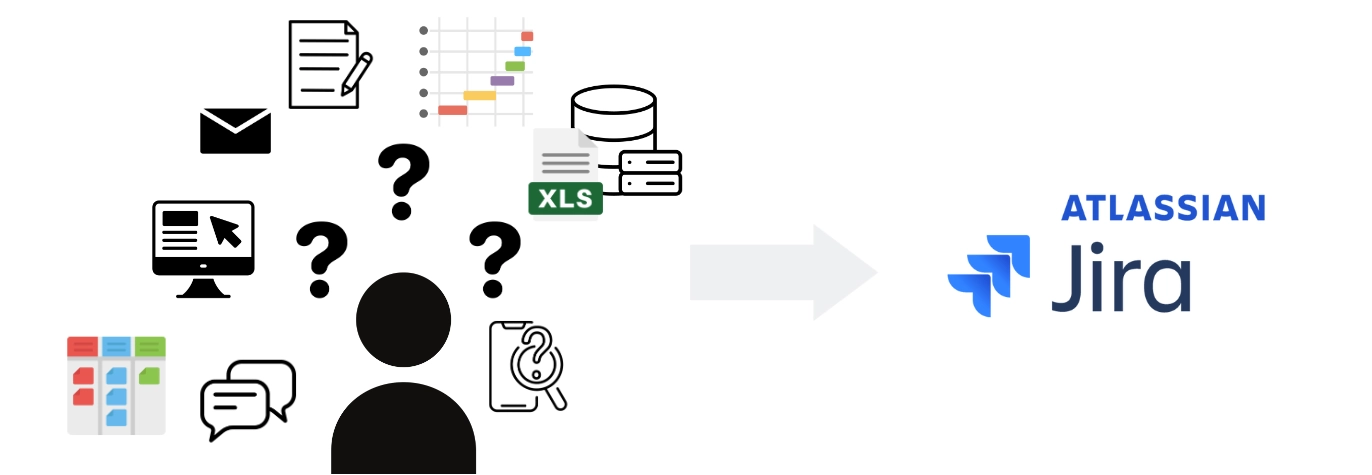
What is Jira? What can Jira do? What is the difference with JIRA?
- A project management tool that allows you to graduate from progress management with Excel -
Many companies in Japan have managed IT software development bugs and various project progress, including IT, using spreadsheet management software like Excel.
As a tool to move away from such spreadsheet-based management methods, where management numbers are assigned, summaries, importance or priority, and reporting dates are listed, and statuses like "Issued," "Under Investigation," "Assigned," "Fixed" are created, numerous bug tracking systems (BTS) have emerged. Jira is one of them. It was once an on-premises version and was spelled with capital letters as "JIRA."
Subsequently, various features have been added to meet the needs of IT project developers, product leaders, and product/project managers, and as of July 2024, it is used by 65,000 companies worldwide.
Templates applicable not only to IT projects but also to various business fields such as HR and general affairs departments are available. Let's centralize information scattered across various communication tools like Excel progress management, email, chat, mobile messaging apps, phone, and personal task management tools into Jira to enhance business visibility.
Immediately practice "Agile Development" with a framework-based operation design.
According to the Survey conducted by the PMI Japan Chapter's Agile Study Group in 2023, about 70% of teams engaging in agile development have adopted Scrum. To start with the Scrum development method, the Product Owner can create a product backlog, plan sprints with the team, execute sprints, conduct sprint reviews, and establish an environment for retrospectives (sprint retrospectives). It is also important to calculate the team's productivity using story points of completed tasks and stabilize it.
All of these can be accomplished with Jira. You can move away from whiteboards and Excel, and work as a "team" with members in different time zones.
Versatile Templates for Atlassian Cloud Jira Beyond IT Development
Jira Cloud offers templates not only for IT software development project management but also for HR and marketing professionals.
These templates allow for flexible customization to suit your team's workflow.
--- Examples ---
【Recruitment Template for HR Teams】
Application → Screening ⇒ Interviewing ⇒ Briefing for Interview ⇒ Proposal Discussion ⇒ Accepted ⇒ Rejected
【Web Design Process Template】
TODO ⇒ Conceptualization ⇒ Design ⇒ Testing ⇒ Launch
【Document Review】
TODO ⇒ Draft ⇒ Under Review ⇒ Second Review ⇒ Approved ⇒ Resolved
Jira Features - Customizable with Flexible Settings
Issue Screen - Items and workflows can be designed flexibly. There are no limits on the number of issues or projects that can be created. Viewing and operation permissions can also be set flexibly, allowing for restrictions on accessible information based on position or job type.
Seamlessly manage issues and code by integrating with Git tools like BitBucket.
Ricksoft offers support services for product managers who are unsure of where to start with setup, including training and implementation support.
Visualize team productivity with dashboards and rich reporting features
< Features for team leaders and managers >
Jira is rich in dashboard and reporting features.
Jira is equipped with comprehensive dashboard and reporting features.
Based on the data accumulated in Jira, you can visualize the number of created and resolved issues, check for any imbalance in task assignments among members, and verify if the project is progressing as planned.
Sharing dashboards within the team makes it easier to share progress status and issues.
Visualization of schedule timeline and image data conversion
You can manage the timing of starting tasks, the duration of responses, and the status in a Gantt chart view.
You can mouse over each schedule bar to check the start and due dates. When changing the schedule, you can move it by dragging and dropping the entire period. You can set dependencies such as predecessor and successor tasks.
The display can be switched between weekly, monthly, and quarterly views. You can export the timeline screen as an image for a specified period, making it easier to explain the progress to departments not using Jira.
"Automation Feature" that can generate regular tasks and notify external tools
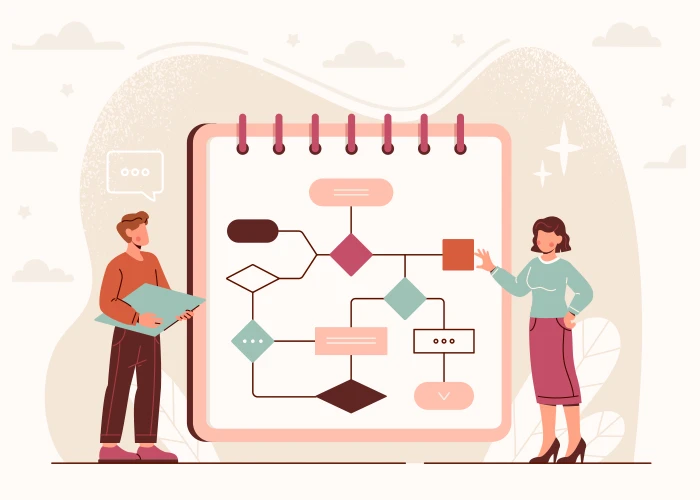
Jira has an "Automation Feature" that automatically executes processes based on predefined conditions.
- Automatically change the assignee when the task status is changed to a specified one
- Automatically create a subtask when a task with a specific keyword in the title is created
- Send a reminder message on Slack on the task due date
- Set the priority of an issue to "High" if the word "urgent" is included in the issue's comments
- Duplicate the issue to another project when it reaches a specific status
You can create automation rules such as these.
By utilizing automation features, you can prevent task omissions and reduce work hours.
Jira Cloud, which continuously incorporates the latest technology, now features AI capabilities.
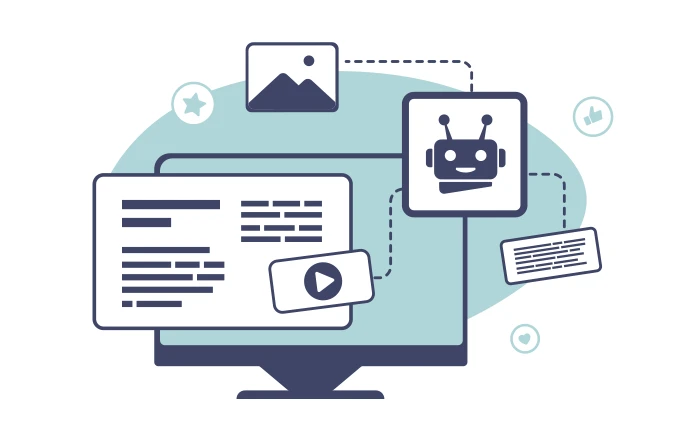
Atlassian, the developer of Jira Cloud, releases new features almost every month. Advanced Roadmaps for Jira, which allows project leaders and those overseeing multiple projects to view them from a broader perspective, is particularly popular.
In 2023, they released features incorporating AI, which assist in task identification and structuring descriptions.
Features of Jira and what can be achieved with AI functions
In Atlassian products, the term "AI" is used as an abbreviation for "Atlassian Intelligence."
Atlassian Intelligence is an artificial intelligence jointly developed by OpenAI and Atlassian, integrated within Atlassian Cloud products.
Grasp the overall progress of the project with the "AI Summary Function"
In Jira, each project (task or operation) is managed on a single "issue" page.
All related information and progress notes are centrally managed in the comment section of the "issue page." The history of who commented and at what time is recorded and can be easily checked, allowing you to see at a glance the date of the information.
By consolidating all processes that were previously communicated via email, chat, or phone into Jira issues, you can save the time and effort of searching for information across various tools and confirming "which information was the latest?"
▶ Make it even more convenient with AI!
After creating an issue, if there is a lot of time passage or changes, the comment section can become lengthy, making it labor-intensive to read everything and understand the progress. With the AI function, you can have the previous interactions summarized, allowing you to quickly grasp the overall situation.
Detailed search with specific conditions is possible! Generate search syntax with AI
In Jira, each project (task or operation) is managed on a single "issue" page.
In Jira, you can perform complex searches such as "issues created by user XX between January 1, 2025, and January 8, 2025." However, this requires mastering a syntax similar to the computer language SQL, known as JQL (Jira Query Language). By utilizing Jira's AI features, you can generate JQL from natural language.
Even non-engineers who are not familiar with JQL or SQL can have search condition statements generated by AI, allowing them to search for tasks precisely.
Brainstorming and editing text with AI
You can call AI on the Jira issue editing screen to help identify tasks that need to be done.
AI can handle tasks such as changing the tone of the text, proofreading, and structuring the text by adding headings based on the content.
FAQ
It supports not only agile development but also waterfall development.
Some can be integrated without add-ons, but integration apps are provided on the Atlassian Marketplace, which offers apps (add-ons) for Atlassian products. (Some are free of charge)
There is no limit to the hierarchy. Regardless of the hierarchy, related issues can be linked.
(When setting in a "team-managed project," the hierarchy is limited to three levels.)
The text input field is a WYSIWYG editor, similar to Word.
Additionally, fields such as due dates and priority can be added, removed, or made mandatory, allowing for flexible configuration.
By using the app "Timesheets", team members can input work logs, measure and visualize the actual work hours spent on each task, and create reports tailored to their needs.
Custom fields in Jira (fields that can be freely defined) can have "default values" set.
By setting default values, you can reduce the effort required when creating issues.
There are features like the following that help prevent delays.
- Comment Section
You can use the comment section to communicate with other members. It is useful for managers to check the progress of work with members. - Automation features
By using automation features, you can automatically add a reminder message to the comment section of a task one day before the due date, for example. - Assignment Distribution Registration
By using the distribution registration function, you can automatically receive regular email notifications about assignments with approaching deadlines.
Jira is available in many languages.
For more details, please refer to the following.
https://support.atlassian.com/ja/atlassian-account/docs/manage-your-language-preferences/
